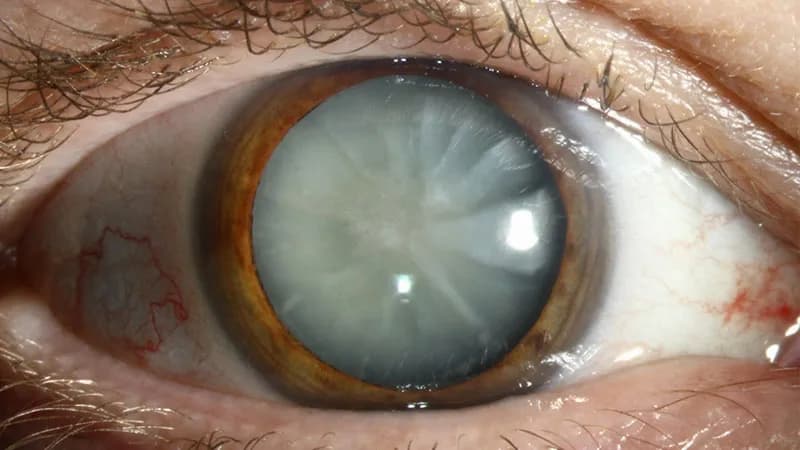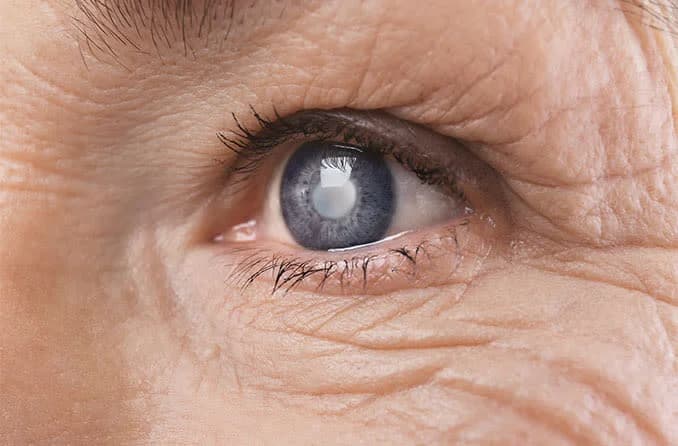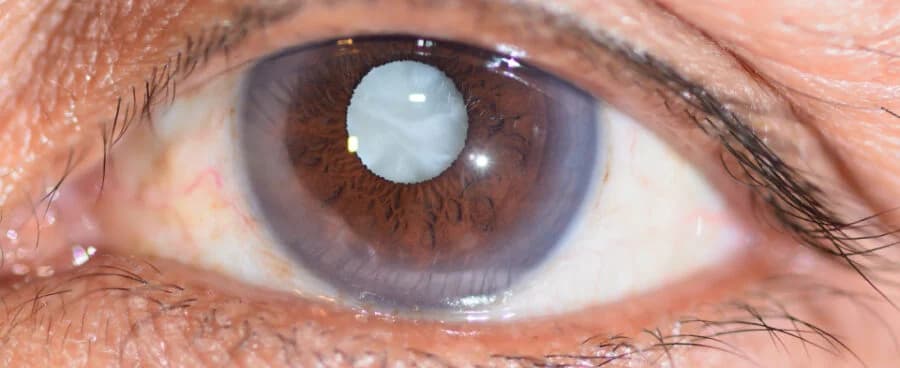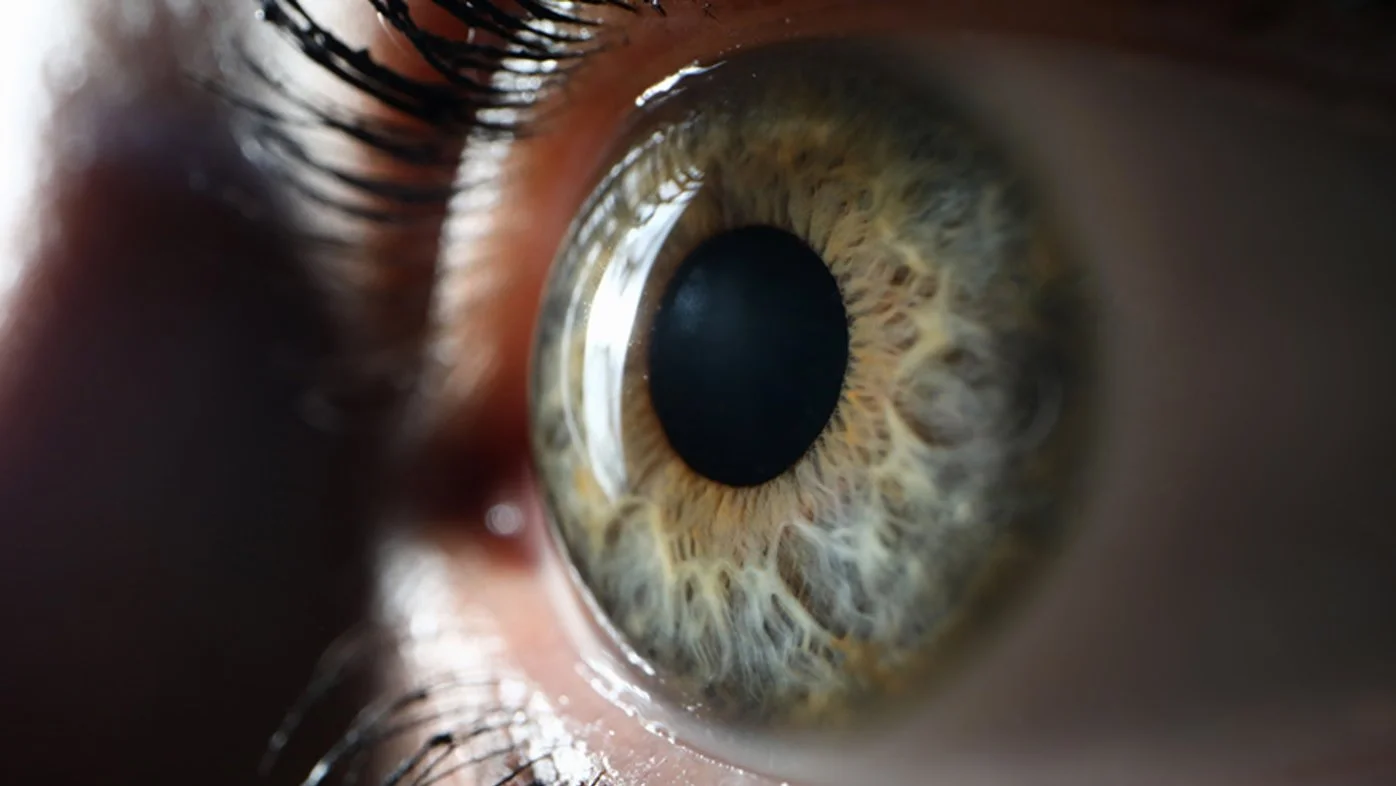Cataracts will cause clouding of the normally clear lens of the eye. Although gradually but causes visions to seem foggy and often with color changes over time. Resulting in difficulty reading, driving, or even understanding a facial expression. At first, stronger lighting and eyeglasses can help you deal with cataracts. But if impaired vision interferes with your usual activities, you might need cataract surgery. Cataract surgery is generally a safe and effective procedure.
What are CataractSigns?
Clouded, blurred, or dim vision
Increasing difficulty with vision at night
Sensitivity to light and glare
Need for brighter light for reading and other activities
Seeing "halos" around lights
Frequent changes in eyeglass or contact lens prescription
Fading or yellowing of colors
Double vision in a single eye
When first developing, the clouding caused by cataracts may affect only a small part of your eye's lens, and you may be unaware of the vision loss. But as the cataract progresses, it will cloud your lens and distort the light passing through the lens. Which may lead to more noticeable symptoms.

At what age do cataracts usually start?
Although the proteins in your eye's lens begin to break down around age 40, it won't have noticeable symptoms till the age of 60. Certain medical conditions, like diabetes, may cause you to have symptoms sooner.
What are Cataracts Risk Factors?
Risk factors for cataracts include three main groups: environmental, medical, and genetic.
Environmental risk factors
Factors you encounter in the world around you. The toxic substances in the environment may be breathed or ingested, which will increase the number of free radicals in your body. These molecules will damage the cells in your eye's lens, leading to cataract formation. Environmental risk factors include:
Air pollution
Tobacco smoke
Alcohol
Industrial chemicals
Pesticides
Long-term exposure to UV light from the sun
History of radiation therapy to the upper part of your body
By limiting your environmental exposure, you may slow down cataract formation.

Medical risk factors
Some medical factors can raise your risk for cataracts, including:
Having diabetes or high blood sugar
Having certain eye surgeries, like glaucoma
Using corticosteroids to treat some medical conditions (like rheumatoid arthritis)
Having certain eye diseases, like retina pigmentosa or uveitis
Genetic risk factors
A family history of cataracts raises your risk of developing them. Congenital cataracts (present at birth) are caused by some genetic mutations. When it comes to age-related cataracts, genetic mutations may make your lens more vulnerable to damage from environmental risk factors.

How to prevent cataracts from getting worse?
Due to no evidence suggesting that a changed diet, taking vitamins, or using eye drops can cure cataracts, you could try some of the following to prevent your cataracts from getting worse:
Regular eye examinations
Wearing sunglasses when out in the sun
reducing alcohol and smoking
managing other health issues that increase the risk of cataracts, such as diabetes
What is the best way to treat cataracts?
Cataract surgery is the only way to remove cataracts and restore your clear vision. During the surgery, your clouded natural lens is removed and replaced with an intraocular lens (IOL). IOL is an artificial lens that permanently stays in your eye. The main benefit of IOL is that it's clear - as your natural lens should be. Also, it can correct refractive errors, allowing you to rely less on glasses or contact lenses after your surgery. Different types of cataract surgery include:

Small-incision surgery
During this surgery, the surgeon makes a tiny cut on your cornea. They put a small device in your eye that gives off ultrasound waves that break up your cloudy lens. Then, they take out the pieces and put them in the artificial lens.
Large-incision surgery
Although not a common type, this surgery may be suggested to those with larger cataracts that cause more vision trouble than usual. During this surgery, your surgeon takes out your clouded lens in one piece and swaps it out for an artificial one. You'll probably need a little more time to heal from this surgery than from the small-incision type.
Femtosecond laser surgery
This operation uses a laser to break up the lens. And then the new lens is put in. Your doctor may suggest this if you also have astigmatism, a curve of your cornea that makes your vision blurry. This allows your surgeon to treat both problems in one surgery by using the laser to reshape your cornea.
Conclusion
In conclusion, cataracts are a common eye condition characterized by the clouding of the lens, which can lead to a significant decrease in vision quality. The signs of cataracts typically develop slowly and can include blurred or cloudy vision, difficulty seeing at night, sensitivity to light and glare, and seeing halos around lights. Colors may appear faded or yellowed, and there may be an increased need for brighter light when reading or performing tasks. While these symptoms can be indicative of other eye conditions, the progressive nature of vision impairment caused by cataracts is a key indicator for diagnosis and potential treatment. Early detection through regular eye exams can lead to timely intervention, such as cataract surgery, which is a safe and effective way to restore vision.
Read more: